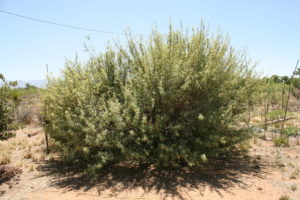
Berberis fremontii is in the Barberry family or Berberidaceae. If you look up barberry plants in a field guide, a flora or on line, you will come across the genus Mahonia. As near as I can tell there is still debate among some botanists as to what’s a Berberis or what’s a Mahonia or are they all one genus and which one is it? Until it is decided I think what I have here is correct. The species Berberis haematocarpa, by the way, has the common name of red mahonia. Clever. That covers all the bases.
I’ve observed over the years that the Arizona native Berberis species are slow growing. Horticulture is a lot about patience. I like that and wish the attitude would carry through to home owners who always want something “that grows fast”. I think that’s why we end up with so many non-native species in our domestic landscapes, as folks just want something that’s fast growing and really couldn’t give a hoot whether it’s a native or not. I spend a lot of time explaining to customers at the Bisbee Farmers Market that the native species will be a lot happier in their yards than the exotics they purchase from big box stores. “Oh, and did I mention all the cool native pollinators that evolved with these native plants?”
Some notes: The photos are mine of a Fremont barberry in our yard. Look at the leathery and toothy leaves. And you can see why birds are attracted to these shrubs when they are loaded with fruit. All the species have yummy fruit for wildlife and I love a line in Arizona Flora under Berberis haematocarpa; “Mrs. Collom reported that a delicious red jelly can be made from the fruits.” Wow, that’s a lot of picking of small fruit under some very prickly conditions. Oh, and the cardinal I mentioned in the show that sings three happy notes? Well, sometimes three, sometimes four or five notes followed by a trill of joy. Cheery rascal!
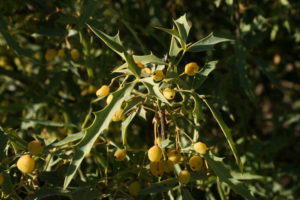
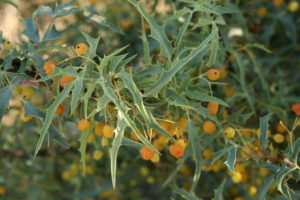
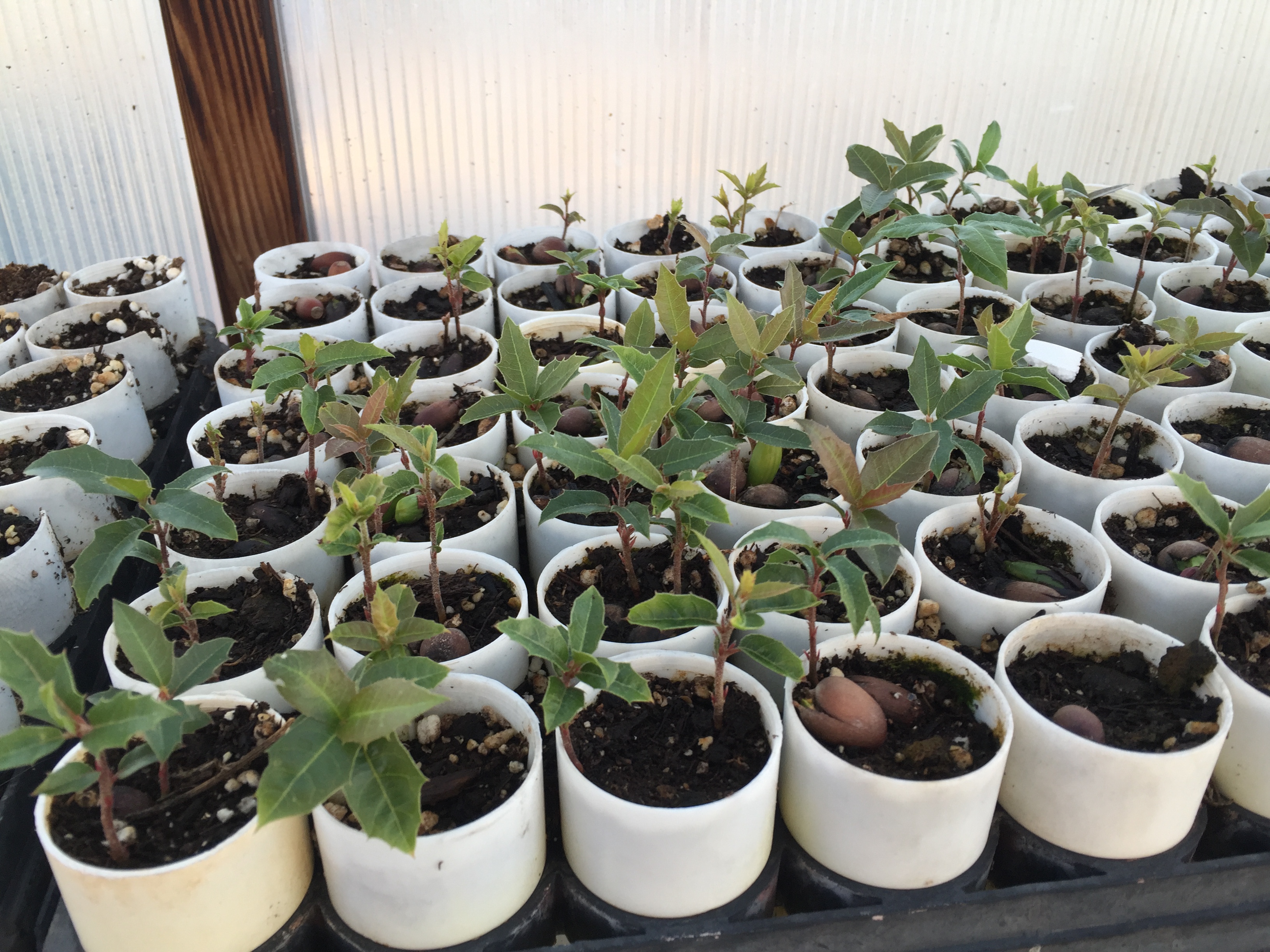
At one point when I was reading about the age of water I came across some research indicating that some of the water molecules...
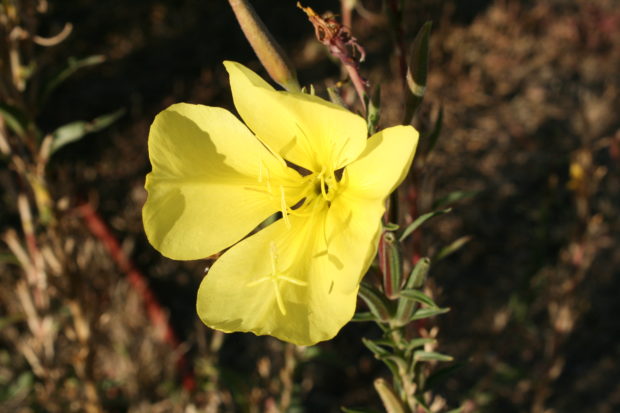
It’s nice to have a yard full of native plants. Most of the time I have an idea what and where I want to...
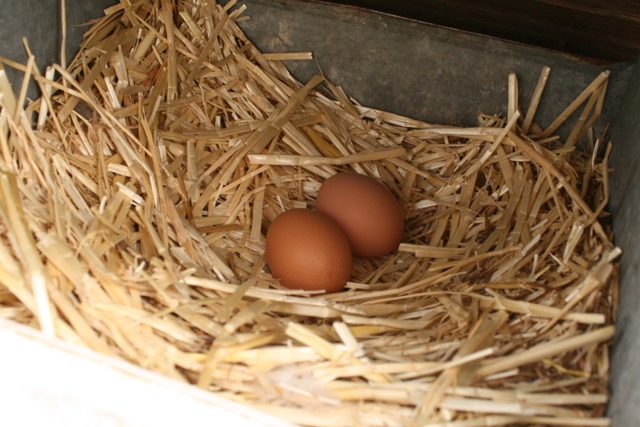
Between the Mesquitey chickens finally laying some eggs and the point leaf manzanita blooming in the hills, there is much excitement around the ol’...